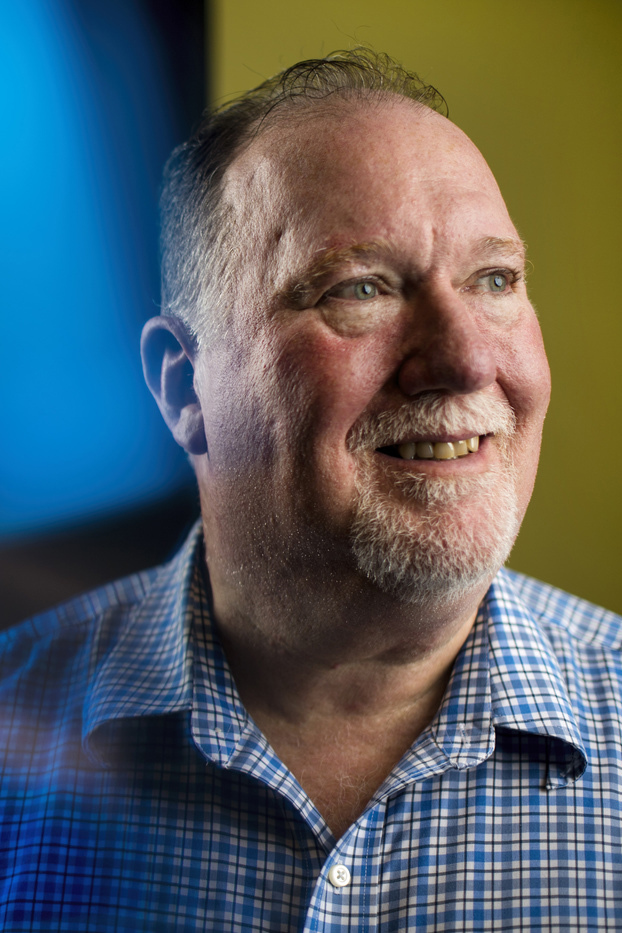For Vincent Harris, University Distinguished Professor and William Lincoln Smith Chair of electrical and computer engineering, news that he had received the W. David Kingery Award from the American Ceramic Society came as a total shock.
“When I first read [the email], I thought, ‘Oh, they’re asking me to serve on a committee to choose a winner,’” Harris says. “Because that’s usually my role.”
But “then I reread it and I said, ‘It almost sounds like I won this,’” Harris recalls.
The American Ceramic Society (ACerS) is the “preeminent ceramics society” in the western hemisphere, Harris says, offering resources and events to “more than 10,000 scientists, engineers, researchers, manufacturers, plant personnel, educators, students, marketing and sales professionals from more than 70 countries,” ACerS writes on its website.

Harris’s work focuses on magnetoceramics — that is, ceramics that have been filled with ferrous material, making them magnetic.
Harris received his “first three degrees” from Northeastern University, “the B.S., the M.S. and the Ph.D. in ’85, ’88 and ’90,” respectively, he says. But he wouldn’t become interested in magnetic ceramics until he began working at the Naval Research Laboratory in Washington, D.C., as a civilian scientist.
“When I looked at their functionality, the devices that were important for the Navy were similar to the devices that were important for the telecommunication industry,” Harris says, which led to a breakthrough understanding about the wide applicability of magnetoceramics.
Any device that uses an “electromagnetic signal,” Harris says, like your cellphone, “needs both electric and magnetic components.” This means that magnetoceramics have applications in everything from cellphone calls to radar to GPS, and much more.
Harris started working in magnetic ceramics around 1996. “So we’re thinking like 27 years,” he says. “For two and a half decades, I’ve been working in the area of magnetic ceramics.”
Harris returned to Northeastern in 2003, this time as a professor.
Harris says that this award feels like a validation. “I believe this is the first time the award has been given, not so much to me, but to the field of magnetoceramics,” he says.
Today, magnetic ceramics — many designed by Harris’s lab and produced by his spinout company Metamagnetics — are leading the way toward true 5G technology, aiding heat dissipation, efficiency and device miniaturization.
It seems fitting, then, that ACerS would award Harris a lifetime achievement award. But he’s quick to point out that “probably 90 percent of my publications have five or more coauthors.”
“Clearly,” he continues, “my contribution to science and technology has been touched by many, many people — many students, many colleagues. It was not myself alone.”
Also, Harris says, there was a touch of disappointment about receiving an award like this one “because they only give it to old people,” he says with a laugh. “So I went to my wife and I said, ‘You know, am I that old that I’m getting this lifetime achievement award?’”
“I really didn’t feel I was worthy,” Harris says. He accepted the award on Oct. 2, “on behalf of my colleagues,” he says.
Noah Lloyd is a Senior Writer for NGN Research. Email him at n.lloyd@northeastern.edu. Follow him on Twitter at @noahghola.
